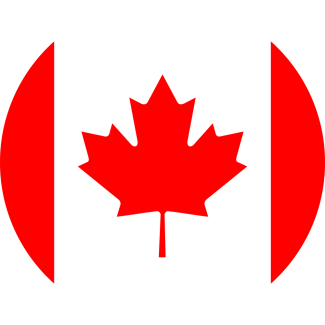
Canada is the world’s second largest nation in land mass with ten provinces and three territories. It is also one of the most sparsely populated. Canada’s indigenous communities, who make up 5% of the population, include First Nations, Inuit, and Métis. The Norse were the first Europeans in the region, building settlements in the late 10th century. English and French explorers arrived in the late 15th century, drawn by the abundance of fish and fur. European settlers populated different parts of the territory. “New France” was along the St. Lawrence River and what later became Quebec and Montreal; the English, whose numbers grew after the British defeat in the American Revolutionary War, lived in British Colombia, Newfoundland, and Ontario. The 18th and early 19th centuries were marked by territorial and economic rivalries between the two populations (each aligned with competing Native tribes) as well as cultural tensions between French Catholics and English Protestants. England’s superior resources and navy enabled it to defeat French claims to the region.
In 1864, an agreement to form a federal union was reached, ultimately leading to the creation of a single, self-governing Canada in 1867. However the nation was still tied to England: it did not achieve full legal autonomy until 1931, a separate Canadian nationality was codified in 1946, appeals to the UK Privy Council were abolished in 1949, and it was not until 1982 that English oversight of Canada’s constitution was eliminated.
The Canadian justice system has two official languages (English and French), includes two legal systems (common law and civil law), and affirms Aboriginal rights and treaty rights. The country’s federal courts are administered by the federal government; its provincial and territorial courts are administered by the provinces and territories. Canada is a constitutional parliamentary monarchy. Although the country still recognizes the British monarch, ties to the crown are largely symbolic. Canada’s legal system is set forth in its constitution and Charter of Rights and Freedoms.
Charter of Rights and Freedoms
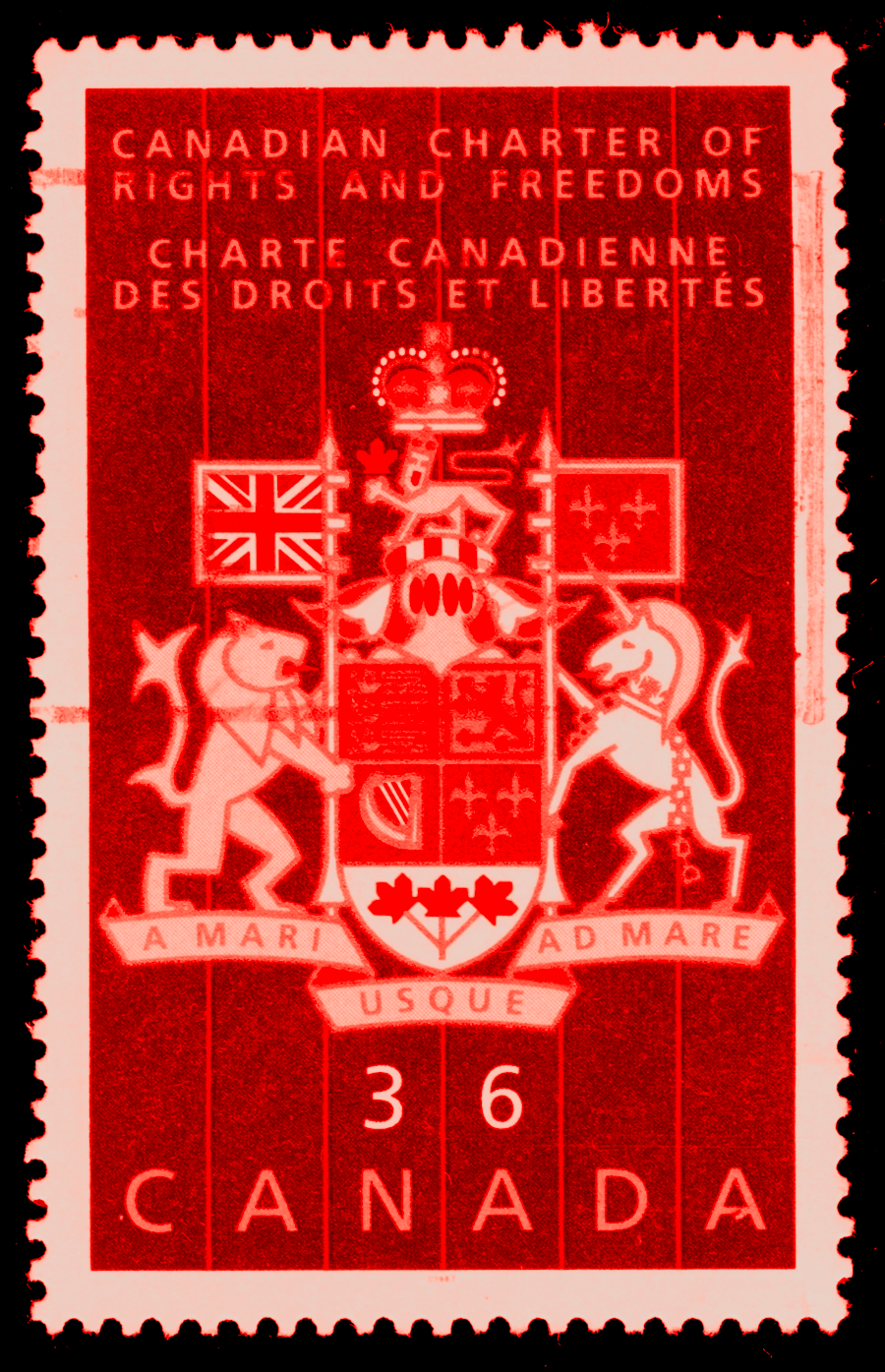 In addition to protecting fundamental rights, the Charter of Rights and Freedoms establishes English and French as the nation’s official languages and includes a provision protecting the rights of French-speaking groups outside Quebec and English-speaking groups within Quebec to receive education in their preferred language. Another provision in the Charter mandates that it be interpreted in a manner “consistent with preservation and enhancement of the multicultural heritage of Canadians.” Section 33 of the Charter, known as the “notwithstanding clause,” permits the federal, provincial, or territorial governments to temporarily override rights listed in the certain sections of the Charter, including fundamental freedoms of conscience, religion, speech and peaceful assembly (Section 2) and protections for those accused of crimes and equal protection interests (Sections 7-15) . When the government passes a law overriding a guaranteed right, the law must be renewed after five years. Some provincial governments have used the clause, but the federal government has never invoked it. Rights that cannot be overridden include those related to democracy, mobility, and language.
In addition to protecting fundamental rights, the Charter of Rights and Freedoms establishes English and French as the nation’s official languages and includes a provision protecting the rights of French-speaking groups outside Quebec and English-speaking groups within Quebec to receive education in their preferred language. Another provision in the Charter mandates that it be interpreted in a manner “consistent with preservation and enhancement of the multicultural heritage of Canadians.” Section 33 of the Charter, known as the “notwithstanding clause,” permits the federal, provincial, or territorial governments to temporarily override rights listed in the certain sections of the Charter, including fundamental freedoms of conscience, religion, speech and peaceful assembly (Section 2) and protections for those accused of crimes and equal protection interests (Sections 7-15) . When the government passes a law overriding a guaranteed right, the law must be renewed after five years. Some provincial governments have used the clause, but the federal government has never invoked it. Rights that cannot be overridden include those related to democracy, mobility, and language.
Court System
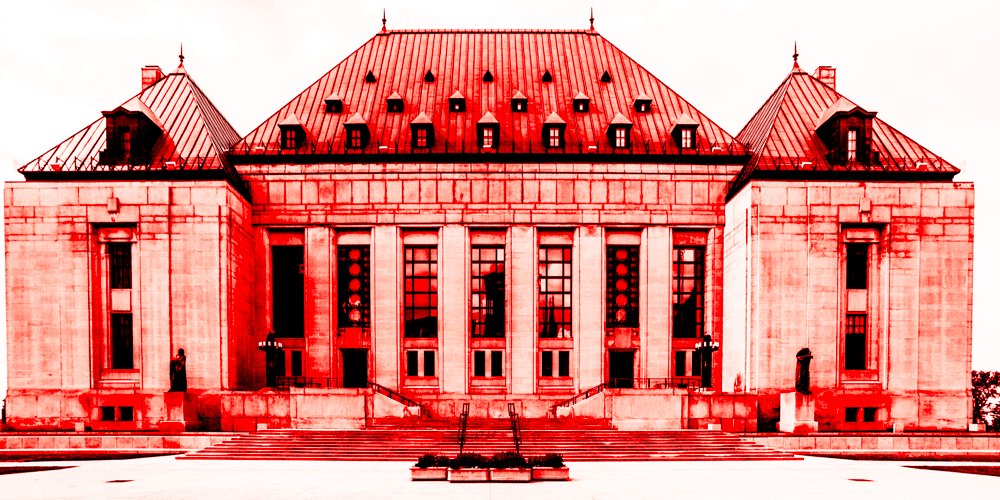 Canada’s court system has federal, provincial, and military courts, each with jurisdiction over different matters. The final court of appeal for all matters is the Supreme Court of Canada.
Canada’s court system has federal, provincial, and military courts, each with jurisdiction over different matters. The final court of appeal for all matters is the Supreme Court of Canada.
The Supreme Court of Canada is composed of nine justices representing the four regions of the country. At least three of the justices must be from Quebec in order to adequately represent its civil law system.
The federal court system deals primarily with civil matters, including intellectual property, maritime law, and federal-provincial disputes
The provincial court system tries most criminal cases, money, family disputes and encompasses specialized courts including youth courts and small claims courts.
Quebec is the only province with a civil code, all other provinces follow the common law tradition.
Judicial Appointment, Education, Administration
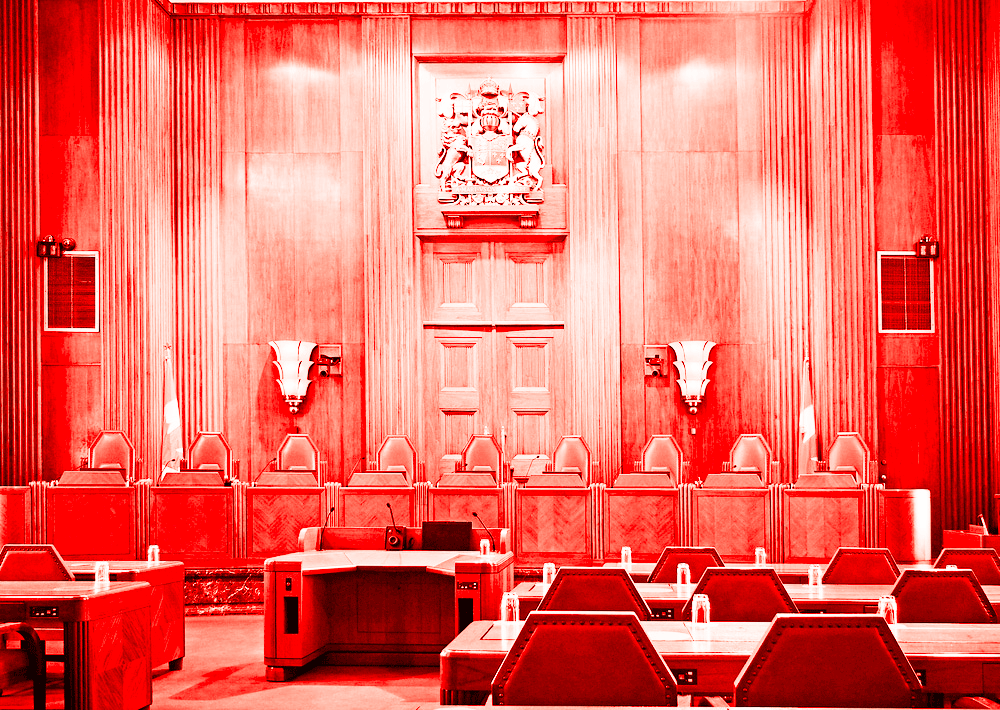 Attorneys wishing to pursue judicial appointment must have at least ten years’ experience. Applications are submitted to the advisory committee in the region they wish to serve. After interviewing candidates, advisory committees make recommendations. The recommendations of the advisory committees are forwarded to the Governor in Council; the Governor General makes the official appointment of candidates.
Attorneys wishing to pursue judicial appointment must have at least ten years’ experience. Applications are submitted to the advisory committee in the region they wish to serve. After interviewing candidates, advisory committees make recommendations. The recommendations of the advisory committees are forwarded to the Governor in Council; the Governor General makes the official appointment of candidates.
The federal government makes the formal appointment of judges to the federal courts as well as the superior and appellate provincial courts (the highest-level courts in a province or territory). The provincial government is responsible for appointments to the lower provincial courts.
The National Judicial Institute, a federally and provincially funded nonprofit institute, provides education for all federal, provincial, and territorial judges.
Once appointed, judges are eligible to serve on the bench until they retire. Typically, this is age 75 for federal judges, but can be age 70 in some provinces and territories. Under Canada’s Judges Act, a judge may be removed only after an independent and impartial investigation by the Canada’s Judicial Council and a finding of ‘good reason’: age or infirmity that compromise competency, misconduct, failing in the execution of the office, or engaging in conduct incompatible with the judicial office. After such a finding, there must be a vote for removal by either the provincial legislature (provincial judges) or by both the House of Commons and the Senate during a joint address of parliament (federal).
The Canadian Judicial Council, composed of judges under the leadership of the Chief Justice of the Supreme Court, is the organization responsible for promoting and administering professional standards and conduct for federally appointed judges. It investigates complaints made against federal judges and develops ethical principles for judges. Each province and territory have its own judicial council similar to the Canadian Judicial Council.
The Legal Profession
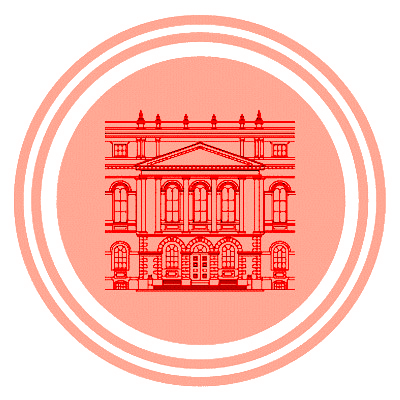 To become an attorney in Canada, one must graduate with an undergraduate degree and attend law school, typically a three-year course of graduate study. After law school, graduates must “article” or serve as an apprentice for one year in the province in which they would like to practice. After this apprenticeship, prospective attorneys must pass the provincial bar exam.
To become an attorney in Canada, one must graduate with an undergraduate degree and attend law school, typically a three-year course of graduate study. After law school, graduates must “article” or serve as an apprentice for one year in the province in which they would like to practice. After this apprenticeship, prospective attorneys must pass the provincial bar exam.
Each province has a law society which regulates the conduct of its lawyers. Lawyers must be members of the law society for the province in which they practice. Membership in other bar associations, including the Canadian Bar Association, is voluntary.
Sentencing Circles
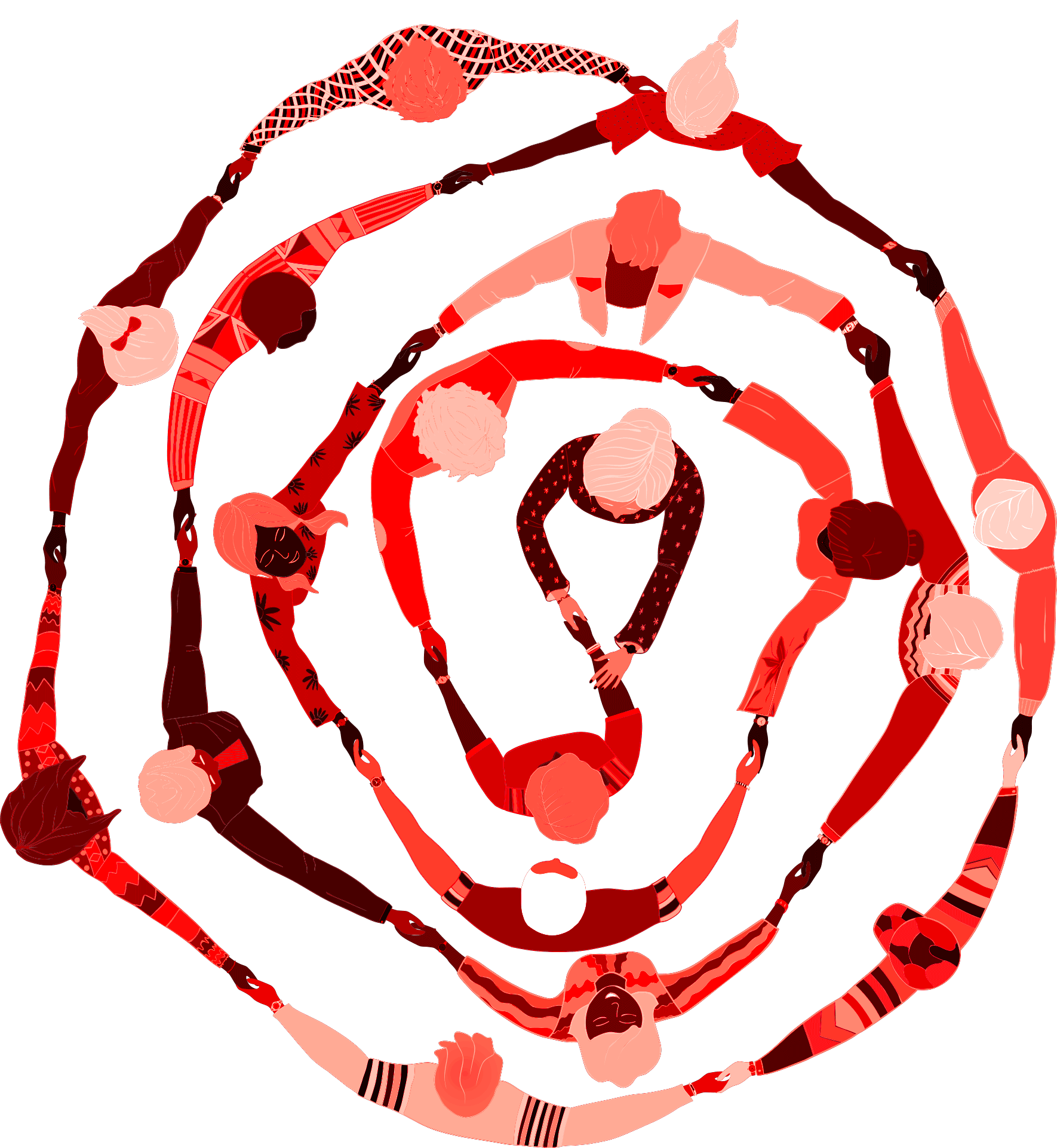 One unique feature of the Canadian criminal justice system is its use of a restorative justice mechanism called “sentencing circles.” Sentencing circles are modeled on an Aboriginal healing tradition and are used at the sentencing phase of criminal trials as a way to encourage Aboriginal participation in the criminal justice system.
One unique feature of the Canadian criminal justice system is its use of a restorative justice mechanism called “sentencing circles.” Sentencing circles are modeled on an Aboriginal healing tradition and are used at the sentencing phase of criminal trials as a way to encourage Aboriginal participation in the criminal justice system.
The Canadian Department of Justice funds community-based justice committees that work with the court to identify local community leaders to act as keepers of the sentencing circles. Other members of the circle include the judge, Crown prosecutor, defense counsel, court reporter, the offender, the victim, family members of the offender and victim, and probation officers.
Sentencing circles are more commonly used for offenses like aggravated assault, robbery, criminal harassment, arson, and breaking and entering. They are not used in cases involving manslaughter or murder.
Sentences issued by a sentencing circle are usually less retributive and more restorative. They may include a conditional sentence, with the offender serving the sentence in the community as opposed to in a penitentiary.
